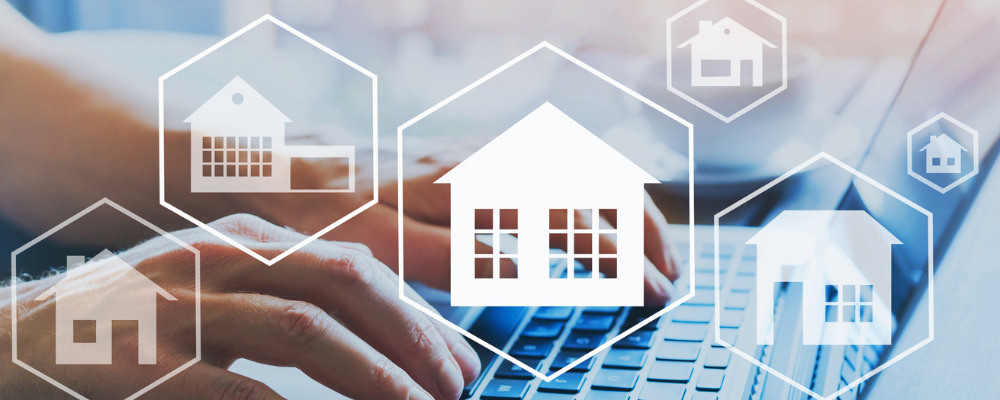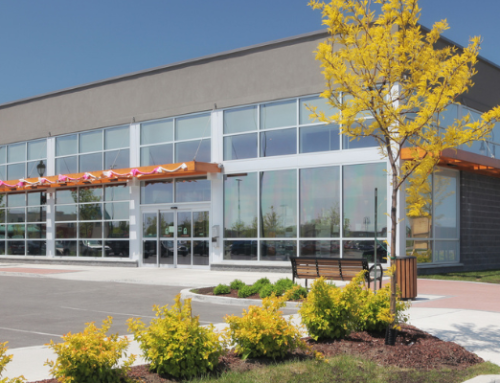By Ryan Paul, CPA
IN THIS ARTICLE:
Whether managing one property or several, the world of commercial real estate can be tedious. The days of going door to door to collect cash or check payments for rent or completing tax forms by hand are gone. Property owners can now streamline and connect manual, offline processes to save time, improve the tenant experience, and better anticipate future property and finance needs. Those who don’t risk getting left behind, as commercial real estate is one of the next industries to undergo a tech innovation.
What Is PropTech?
Property technology, or proptech, is a catch-all term encompassing different technology tools available to real estate owners and property managers. Proptech differs from a similar term, real estate tech. Real estate technology comprises any app, website, or tool that facilitates selling, finding, or even managing real estate, like Zillow or Redfin.
There are many benefits to embracing proptech: productivity, efficiency, lower costs, real-time data, and more transparent communication.
Earlier versions of proptech included property management software and revenue management systems. Recent innovations have come about thanks to changes in consumer preferences, technology advancements, and the growing need for sustainability and digital innovation. Proptech innovations now focus more on creating a more connected experience for occupants; in turn, this helps to boost profitability.
REITs and private equity firms are hiring more tech professionals. The proptech market size has grown to $19.6 billion after a 1,072 percent increased venture capital investment from 2015 to 2019. Over the next ten years, proptech is expected to grow to nearly $50 billion. Real estate companies have seen how integrating the right tech tools can improve the bottom line and grow the business, while improving tenant experience and retention.
Four areas experiencing the highest growth in proptech are tenant experience, short-term leasing, advanced analytics, and construction technology, or contech.
PropTech Tools for Commercial Real Estate
Proptech allows property owners and managers to take a more data-driven approach to operations and growth.
There are several ways that proptech can help property owners manage their portfolios. Common examples include:
- Online rent payment and tenant cash payment network.
- Auto pay and mobile pay options are popular methods to make the payment process easier for all parties.
- Electronic finance and accounting functions to track expenses, reconcile statements, and submit tax and non-tax forms
- Online tenant screening and inspection services
- Virtual inspections and property tours
- Digital property management
Proptech software programs, which are based in the cloud, can do everything from manage and store documentation to collect and analyze data to track leasing activity and renewals and vacancy rates. Popular real estate software programs are DoorLoop, WorkSpace Property Management, RentRedi, Entrata, Buildium, Innago, and Entrata.
Other proptech tools can connect property managers to plumbers, electricians, and janitors, track the status of construction on an ongoing job, recommend changes to office space, property security, and much more. Whichever proptech tool is being considered, there are a few key features to look for, like:
- Quick, efficient data storage system
- Integration with accounting, marketing, and communication tools
- Scalability through the cloud
- Real-time reporting and analysis
- Automated tasks
- Secure access to protect confidential information
More specifically, how is proptech helping property managers and owners streamline operations? Below are examples of how different tools are changing commercial real estate.
PropTech Use Cases
One of the most beneficial ways that multi-family property managers are using proptech is by improving rent collection. For younger renters, tech-enabled options can be a deciding factor between one apartment and another; most Gen Z renters named mobile rent payment and maintenance requests as the most desired digital feature. They also expect virtual tours and interactive digital experiences – YouTube is the most used social media platform to research new products, for example.
Outside of multi-family, proptech can also help to make returning to the office easier. In one example, employees can access the building through their phone rather than other, more tedious methods of verifying identity and granting entry. Proptech can also show employees working in a hybrid environment who is in the office.
Technology can also inform owners how space is utilized. The result is a more sustainable, efficient space that automatically adjusts to tenant needs, whether it’s in office space, multi-family, retail, or other sectors. For example, in an office setting, proptech can align heating, cooling, and lighting needs to when and where workers occupy the space. In retail, proptech can analyze traffic flow and movement.
REITs can use proptech to evaluate investment opportunities using various market data points. They can also digitally manage underwriting, conduct post-investment performance, and monitor lease administration.
Choosing the Right Platforms
Because there are so many players in the marketplace, the challenging part can be figuring out which proptech platforms to use. Property owners and managers will need to identify the top issues that technology could have the most impact on. Talking with your advisors can help.
To learn more, contact Ryan Paul, CPA and Partner on PBMares’ Construction & Real Estate team.





